I began writing this essay in November 2024 at a time when the world seemed irretrievably cleaved in two, utterly broken. But we were celebrating Thanksgiving and although the reality of the shattered outside world was never far removed, our big indomitable family was together and united, nevertheless. There was joy and laughter, eating and drinking, the simple joy of sharing a meal. The annual celebration was a ritual that had been repeated for years and now that I was living back on the west coast, I was looking forward to many more years of these family Thanksgivings.
Giving Thanks
There is nothing like celebrating Thanksgiving with a big, extended family to reinforce reality. It was all one might expect; drama, laughter and anger, anticipation, dread, frantic preparation but in the end, a palpable sense of joy. To be enveloped in that cocoon of drama, laughter, and love is to know intimacy, sheltered in a family’s sanctuary.
Wandering around the sprawling Tudor-style family home, I came across a window decal, attached from years ago when the sanctuary movement, as liberation theology advocated, responded to the tens of thousands of Central Americans seeking asylum in the 1980s. It seemed an appropriate metaphor for a home that had sheltered years of memories, changes, and love.
Built in 1924, the home had been the family’s sanctuary for over a half century. Similar to many houses built in that era, it contained large spacious rooms with high ceilings, surrounded by massive trees, delicate ferns, and flowering plants that blossomed year-round. A spacious gazebo provided shelter from SoCal’s brilliant and intense sunlight. Every evening an invasive flock of green parrots (escaped pets most likely), darting about unpredictably, would chatter incessantly. The house also had innumerable nooks and crannies, hidden passageways providing escape routes for kids playing tag or hide and go seek. The home was a safe space.
Safe space is sometimes used as a term to criticize and belittle. But do we not need our safe spaces, our personal havens, our hidden passageways where we know we are secure, protected? The answer, of course, is of course. Most of us just want to be regular everyday people, leading ordinary lives free of pain and stress and to, ultimately, be happy.
But then, the unimaginable occurs and our ordinary lives are plunged into chaos and loss.
Wildfire
As the new year opened, raging wildfires in Los Angeles threatened thousands. But it was four people and three dogs that were foremost in my mind. My SoCal family members watched the fire’s steady, menacing progress from their front windows. Finally, as gale/hurricane force winds screamed, pushing the flames ever closer, they evacuated. In the middle of the night, embers flying, enveloped in billowing toxic smoke, evacuation routes jammed, they eventually found safety.
But when dawn arrived, there was nothing left. The fires had consumed their homes, homes that had been sanctuaries for decades through childhood play, teenage angst, adult discovery, innumerable Thanksgivings and Christmases, Easter egg hunts, weddings, deaths, births, and countless informal gatherings, big and small. Their homes sheltered all those things that matter; heartaches and joys, the highs and the lows, the mundane cycle of daily activities. Real people with real desires, emotions, wants and needs. And along with those real people, myriad memories and ghosts lived there.
What exactly makes a home? Is it the saved birthday cards and letters? The sofas and chairs that provided repose? The tables where meals were shared? Beds where the inhabitants slept, recuperated, made babies? Shoeboxes of family snapshots? Does anything remain once it’s all gone, reduced to ash, twisted metal, and melted plastic? Does a conflagration erase those years? Do the memories and ghosts flee as well, liberated by the flames, escaping on the smoke?
Renewal
I understand that, unlike our possessions, lives are irreplaceable. The memories endure even when the physical objects are consumed by flame, their carbon molecules returned to the atmosphere. And over time the loss and grief fade, the “stuff” replaced with new belongings. New homes will slowly but surely take shape, be rebuilt, and populated with fresh memories (though now forever tagged with an ‘after the fire’ asterisk).
But a sanctuary? How can we ever feel safe in our own homes after the horror of a destructive wildfire, knowing it can all be erased in the flash of flame, in billowing smoke, and scorching heat, that in the end we are helpless in the face of nature’s fearsome and humbling power.
But a house is not a home, just as the church is not the congregation, or a city isn’t the same as a community. Those things we build in our minds, and in our hearts. Such is a sanctuary, as well. We feel safe and secure not necessarily the inside the walls of a bomb shelter, but in those created safe spaces, in shared pain and shared joy. In shared loss and in shared victory.
Though it may still be broken, rebuilding is an act of defiance in the face of a world that remains indifferent. We’d like to believe we are truly safe in our own homes, in our churches, synagogues, temples, and mosques, but a physical structure does not a sanctuary make. A new house may indeed be the foundation of a sanctuary, but we ultimately find unity, harmony, and safety with our friends and community. With our families. Those are the connections that keep us protected, that ensure our security. The planet may take our homes, and even eventually our lives, but sanctuary is (re)built with our minds, families, homes, and communities.
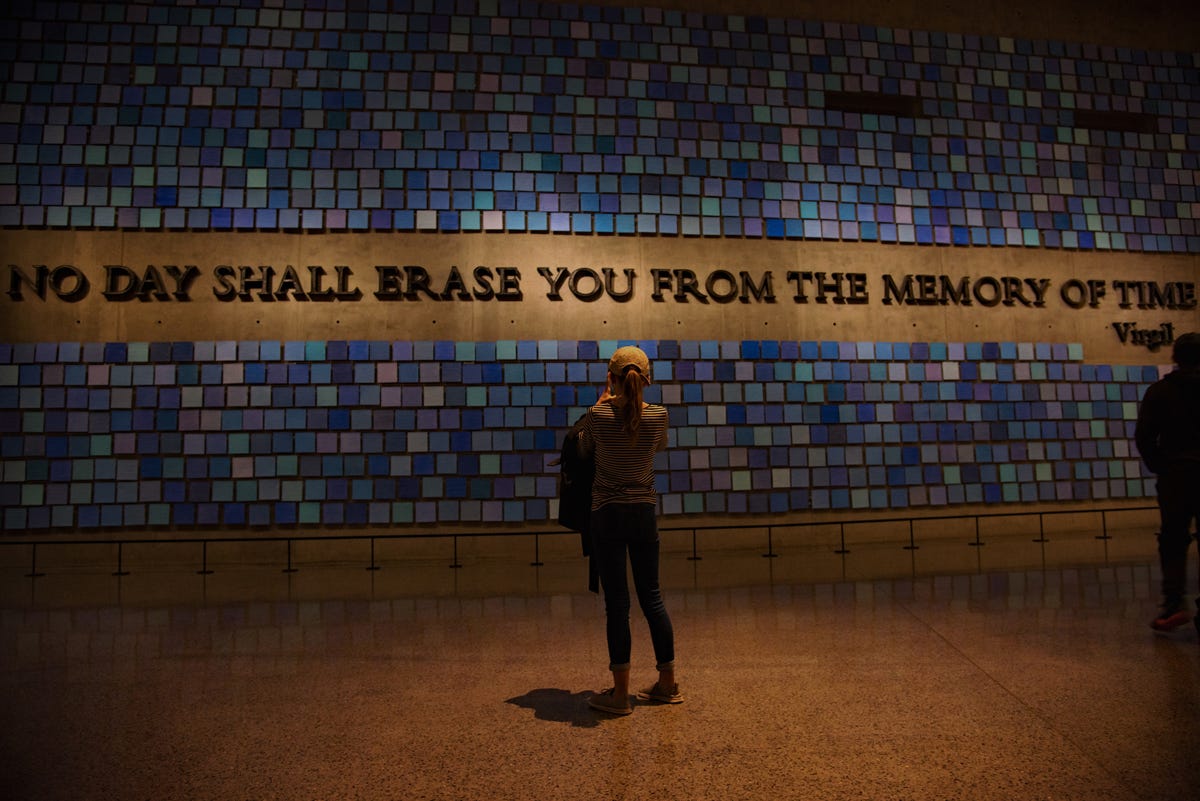
(All photographs @ Mark Caicedo/PuraVida Photography)




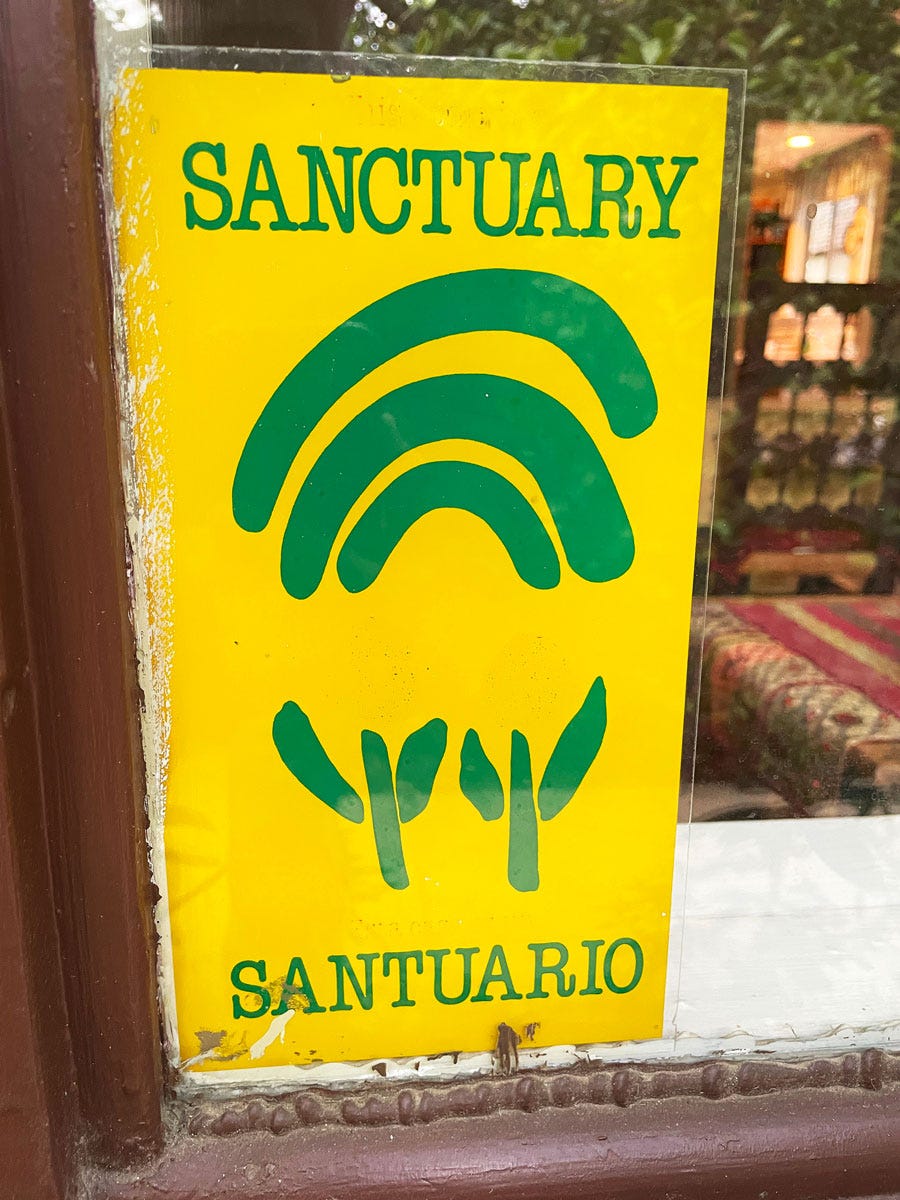
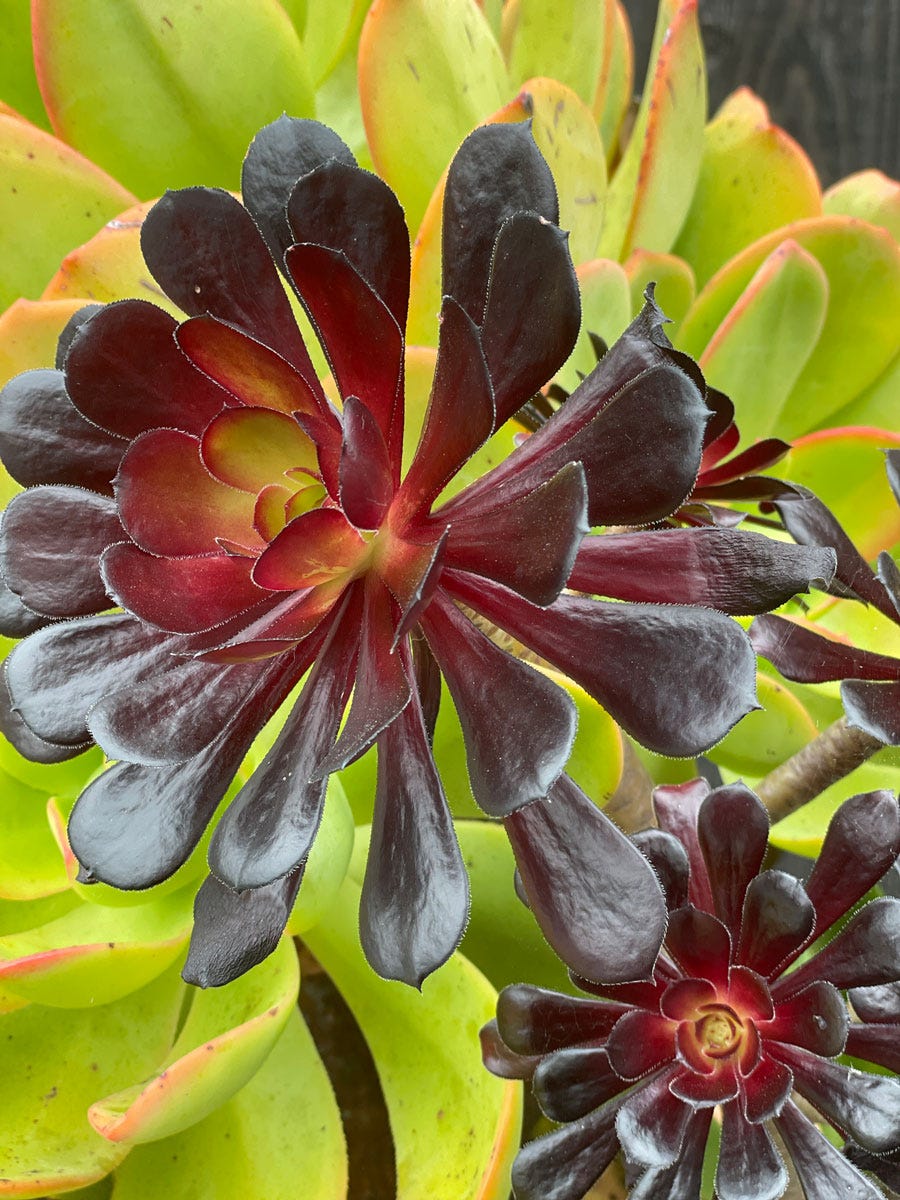
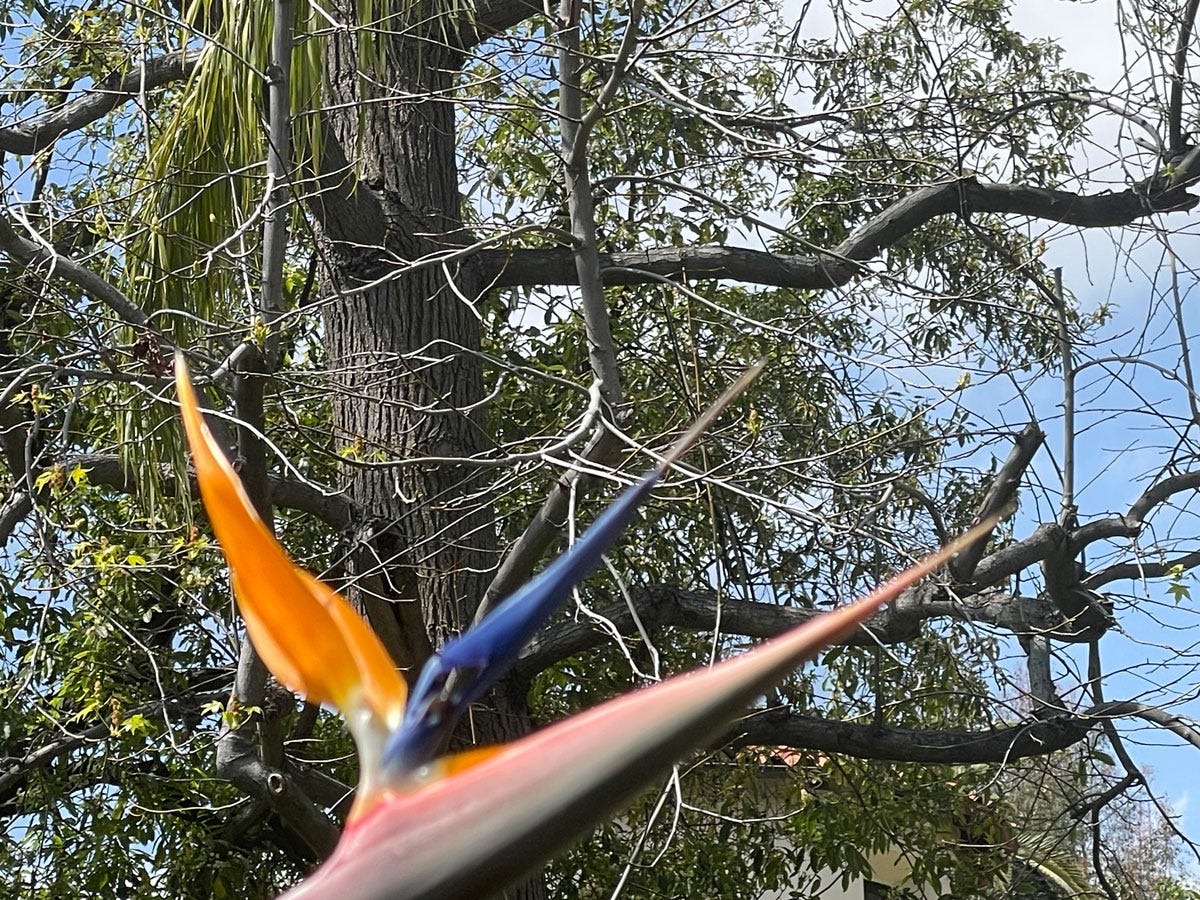
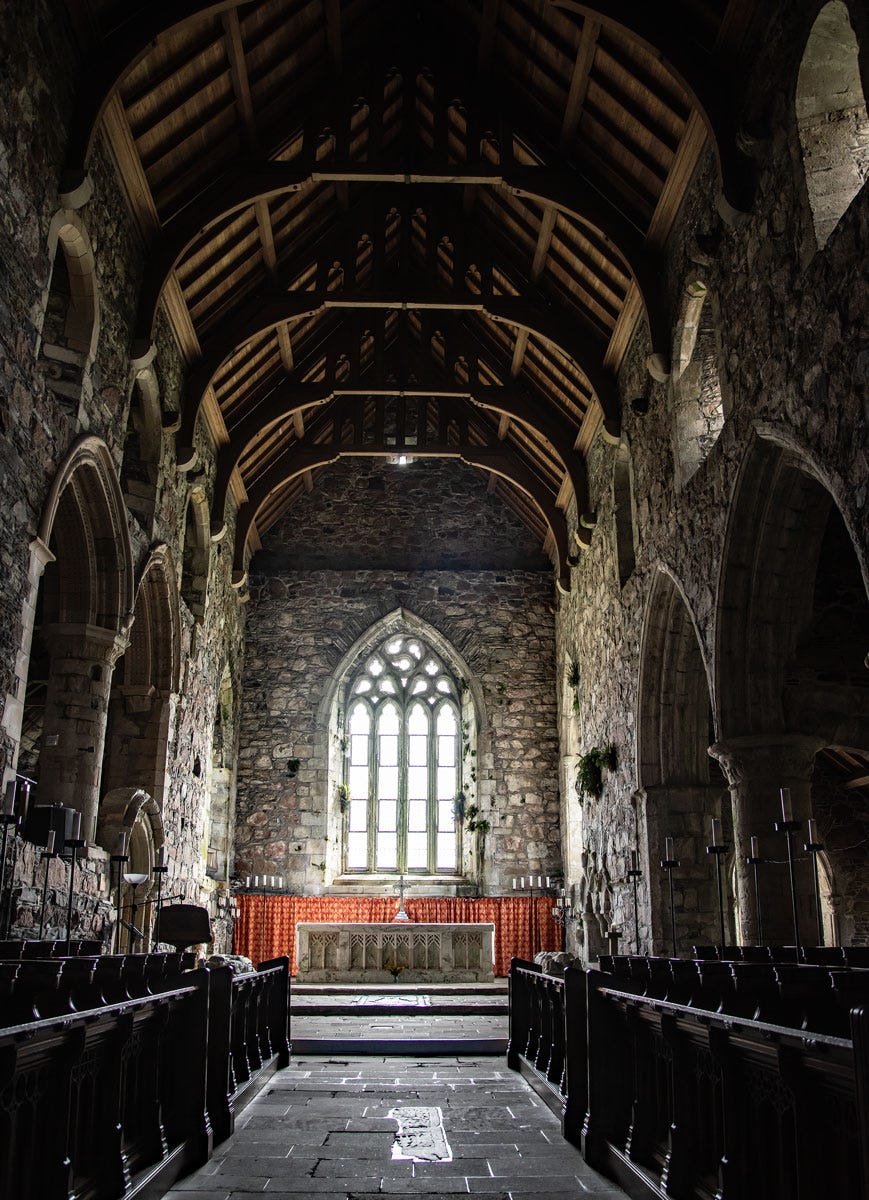
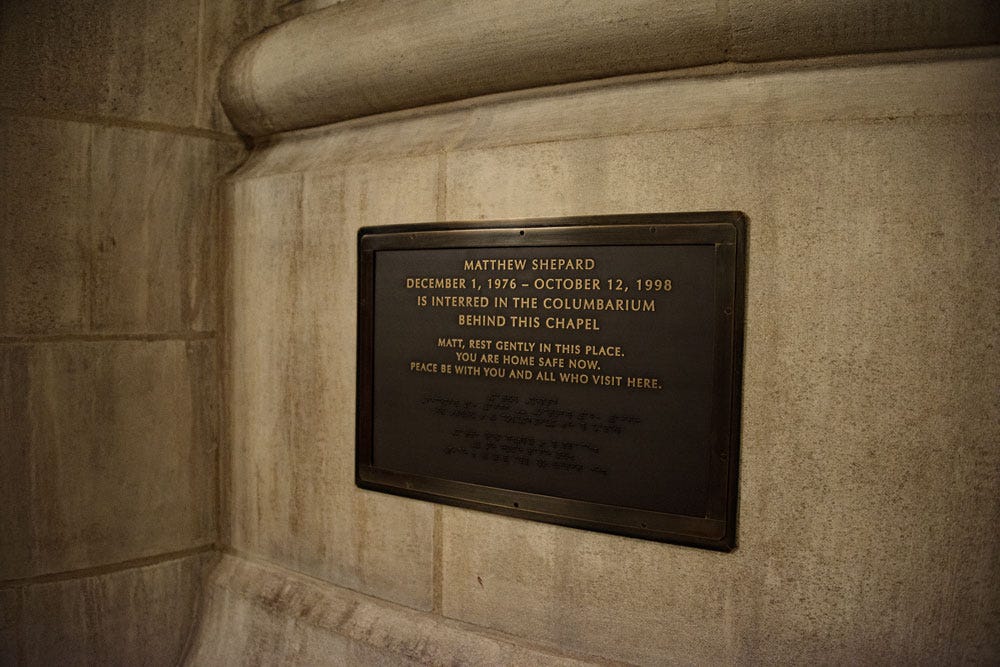
Excellent essay, Mark! Several layers of emotion and reflection woven together into a message that feels like a familiar, warm blanket.